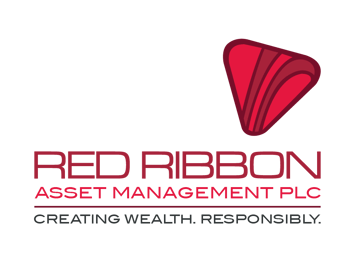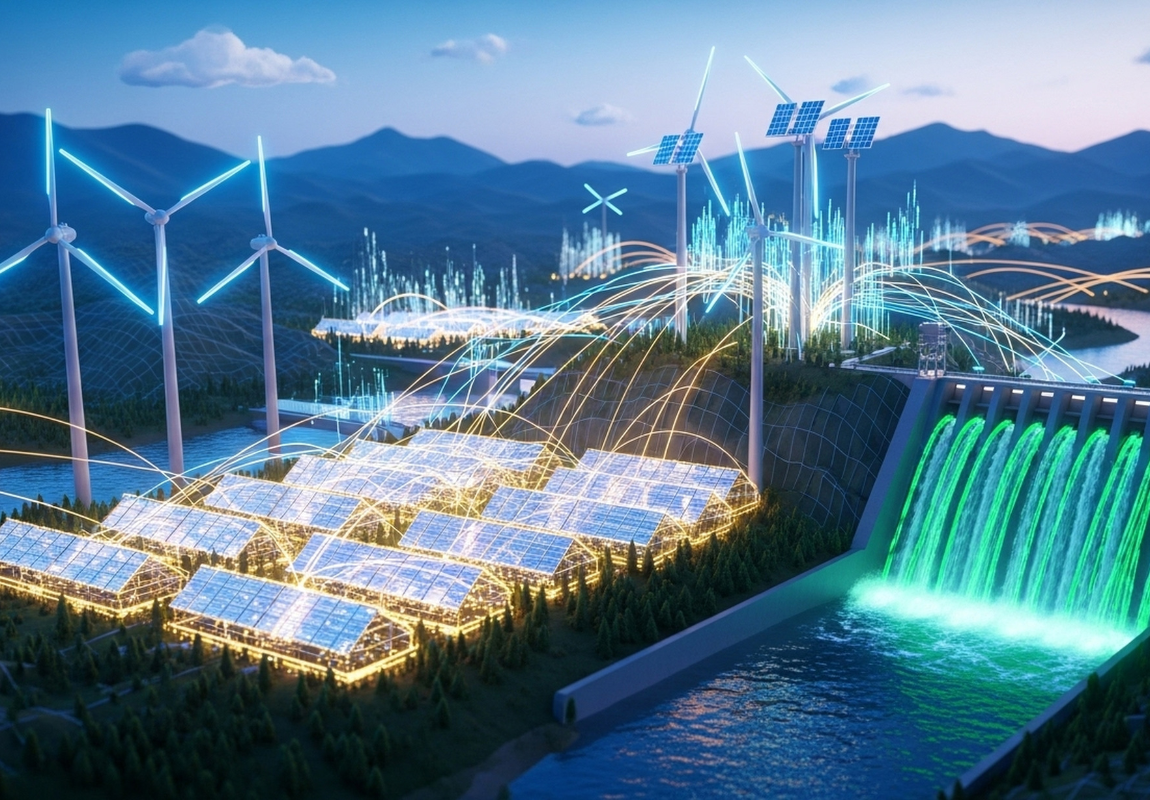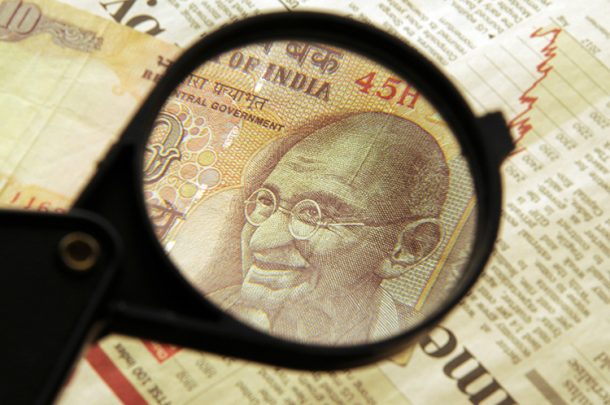New Alliances for Changing, more Sustainable Times
Isn’t it strange: just when Donald Trump seems so committed to disengaging from the global community, President Xi of China is more intent than ever on expanding and entrenching his country’s influence on more than half the world, the so-called Global South. And, of course, this policy is increasingly navigating China into closer engagement with countries and economies historically seen as its adversaries (at least in a trading sense…but sometimes more): most notably with India, where Xi has more and more been working alongside that human dynamo for sustainable change, Narendra Modi.
None of which should be altogether surprising, given Modi embodies a new style of international, transformational leadership: much more transactional than any of his predecessors, and engaging not only with China to the North, but more effectively than ever with Europe and the United States to the West. And under his leadership India has innovatively coalesced with a series of key technology trends across the globe, as well as diversifying its oil and gas sourcing (which is of critical importance, given the Subcontinent is currently the Planet’s third largest energy consumer, but still imports 80% of its oil, and 30% of its gas from more than forty countries worldwide (https://economictimes.com)).
So it was especially appropriate that, back in August, India’s Union Petroleum Minister, Hardeep Singh Puri, pushed forward against the nation’s issue of energy dependence: announcing a new policy programme centered on a further commitment to clean energy delivery, and increased domestic fuel production across the Subcontinent (https://biofuels360.com/): designed to deliver an enhanced expansion of compressed biogas facilities (CBG), in addition to 33.5 crore of new LPG connections, as well as, of course, a further step change in Solar and Wind generated energy production.
And that policy is not only already paying dividends, it’s also built on a solid and sustainable foundation.
Serious Sustainability
By the end of August this year, India was already the fourth biggest producer of wind powered energy, with the third biggest solar production capacity in the world. Renewables made up 50.07% of the Nation’s installed power capacity (enabling it to deliver its COP26 commitment five years ahead of schedule). And today, barely two months later, these efforts have helped ensure, for the first time since the industrial revolution, that renewable energy supplies across the planet overtook coal as the leading source of electricity production (over a six-month period: https://ember-energy.org/). So, despite a global increase in electricity demand, renewables have now generated more than 100% of the need.
India can be proud of the part it's playing in that trend towards greater sustainability: in stark contrast, indeed, to the European Union and (predictably) the United States, both of which recorded an increasing dependence on coal.
Donald Trump obviously has a well-known propensity for climate change skepticism, but India’s other key partner (China) certainly doesn’t, which is what makes the Global South project so interesting. Along with the Subcontinent, China is miles ahead in clean energy growth, having reduced fossil fuel generation over the past six months by a striking 2% (see above).
And while all that’s going on, India’s energy sector has also successfully transformed itself into a honey pot for private investment (including those all-important inward investment initiatives). As reported this month by Bloomberg, research from Crisil Ratings (www.crisil.com/) estimates that more than 30% of new renewable capacity on the Subcontinent (some 75 gigawatts) will be hybrid, bringing in its wake a doubling of private investment in transmission capacity. In a very real sense, India and China are achieving that together.
That’s why, for all his climate change skepticism and tariff flip-flops, Donald Trump continues to see Narendra Modi as a key player on the world stage. And don’t interpret Trump’s tariff and regulatory changes as a permanent shift either (not least because of the manifestly chaotic state of the mind that devised them).
Coast to Coast Infrastructure
Under Prime Minister Modi’s leadership, private and public investment in new infrastructure is also running at a high: everything from new hospitals and schools, new airports and highways, through to state of the art semiconductor facilities and data centres: all of them facilitating a much more joined up economy over the vast breadth of the Subcontinent’s sprawling hinterland, not to mention a further entrenchment of India’s acknowledged position as the buckle on the belt of international technology and cross border production chains.
Red Ribbon Asset Management (www.redribbon.co) was established more than a decade ago to harness the full potential of India’s fast-evolving and emerging international markets: meeting the demands of global communities as part of a circular economy, whilst at the same time recognising the compelling needs of Planet People and Profit.
Invest in Red Ribbon Asset Management

Red Ribbon Asset Management (www.redribbon.co) aims to harness the full potential of fast evolving and emerging technologies to meet the needs of global communities as part of a circular economy, fully recognising the compelling demands of planet people and profit.







Leave a Reply